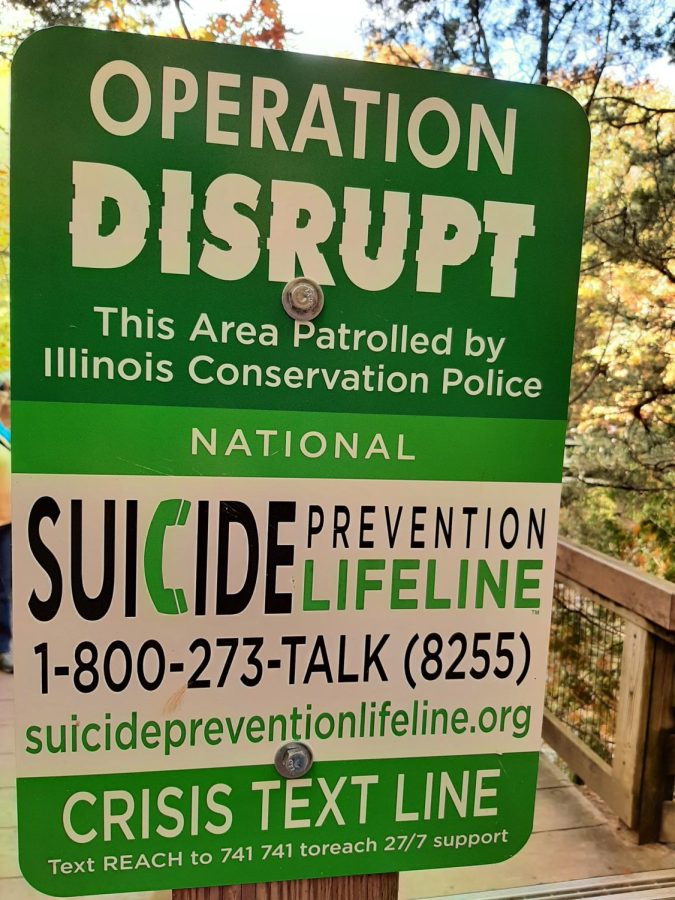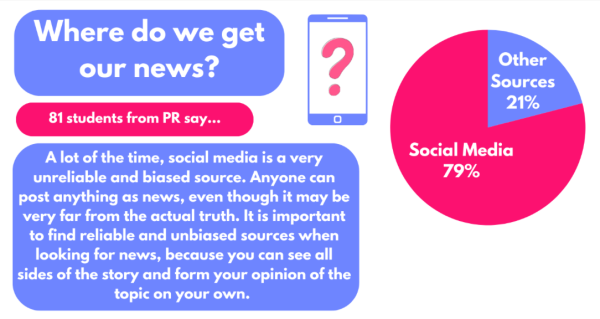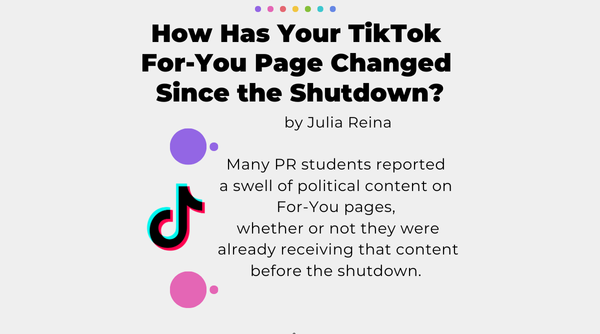How to Save a Life: Thoughts on Suicide Prevention
According to the 2019 Youth Risk Behavior Survey, 19% of high school students have seriously considered attempting suicide, and 9% have attempted it. These statistics can be changed, and these suicides prevented. The resources exist, we just sometimes don’t know how to – or choose not to – use them, to be able to get people the help they need. So how can we help?
Helping those who need this kind of help can be as simple as recognizing that they are struggling, showing that you care, and getting help for them. And anyone who knows how is capable of helping.
Elyssa’s Mission, a curriculum taught in many middle schools, freshman year at PR with a refresher in sophomore year Health class, provides three easy steps using the acronym ACT.
A – Acknowledge and recognize that a person may be struggling with symptoms of depression or suicide.
C – Show that you Care about them.
T – Tell a trusted adult, such as a teacher, parent, or counselor.
Any person that the person trusts can help a person who is struggling with mental health issues. Even if you are unable to help someone who needs help, other people can help, so long as you or they use the resources available.
Anyone who knows how is capable of helping someone who is struggling with mental illness. If you can recognize that someone is having trouble, you can help them through things as simple as acknowledging their struggle, or getting help for them if necessary.
Remember, you can also report non-urgent concerns on the D155 website under Students >> Report a Concern.
WHAT TO WATCH FOR
The best place to start is to learn about typical symptoms. An article from Teen Health and Wellness describes some warning signs quite well. Some signs include a person talking about how “he or she soon will not be hurting anymore, people will be sorry when he or she is gone, and everyone would be better off without him or her” (Teen Health and Wellness).
These are pretty obvious warning signs; if someone starts saying things like this, it would most definitely be quite worrying, and rightfully so.
Sometimes, these warning signs might not show up, though. They might be a bit harder to spot.
Some of Mayo Clinic’s warning signs that they list among their mental health resources include “Feelings of sadness, tearfulness, emptiness or hopelessness… loss of interest or pleasure in most or all normal activities… changes in appetite… trouble thinking, concentrating, making decisions and remembering things… unexplained physical problems”, and many other things (Mayo Clinic).
These warning signs require paying a bit more attention to a person’s behavior. If you start to notice these signs, though, take note of it – it could help you save a life. Pay attention to warning signs, such as changes in behavior, as they may be signs of a deeper struggle. Get help from an adult you trust right away.
HOW YOU CAN HELP
If you find out that someone is struggling, the best way that you can help a person on your own is to make it clear that you care, that you want to help, and that they matter.
Mayo Clinic explains that “just listening and being understanding can be a powerful healing tool” (Mayo Clinic).
Explain to the person that you care and want to help. Tell them that you want to understand what they are going through.
When you talk to them, listen to them, and refrain from giving advice or making judgments.
It also helps to make sure that the affected person is in as low-stress of a situation as they can be. According to the United States Department of Health and Human Services, you can ensure this by “offering to help [the person] with everyday tasks” and “including [them] in your plans” (MentalHealth.gov).
This could be as simple as helping them with homework, making meals for them or their family, or even just staying with them to help with issues that come up. Talk to an adult that can help them get the professional help they need.
OTHER SUPPORTS
Someone else, who is more qualified to do so, may be able to help.
The US Department of Health and Human Services has a branch called SAMHSA, or Substance Abuse and Mental Health Services Administration, which manages the Behavioral Health Treatment Services Locator.
This tool, according to SAMHSA, is “a confidential and anonymous source of information for persons seeking treatment facilities in the United States or U.S. Territories for substance use/addiction and/or mental health problems” (MentalHealth.gov).
Using this tool can help you get someone in contact with the help they need, and, in the long run, possibly prevent them from harming themself.
But that’s not the only option you have.
Teen Health and Wellness suggests that, if a person is contemplating suicide, you should “not leave a suicidal person alone. Call a responsible member of the family, a crisis help line, or if necessary, 911.” They also recommend talking to or getting them to talk to a trusted adult “such as a parent, a guardian … a teacher…a school counselor, social worker, someone in the mental health profession, or a member of his or her clergy.”
Here at PR, we have access to the staff in Student Services (and even more resources beyond them linked at the bottom of this article!) if you or someone you know needs help.
Remember – tell a trusted adult – a parent, a teacher, a counselor – right away. In doing so, you can save a life.
Resources
Elyssa’s Mission
National Suicide Prevention Hotline – Call or Text 988 or visit 988lifeline.org
McHelp (McHenry County Crisis Counseling Service)
Call 800-892-8900, text MCHELP to 274637 or download the app:
MCHELP on the App Store
MCHELP – Apps on Google Play
Report A Concern to School Officials
The Trevor Project – (Crisis Counseling for LGBTQ+ individuals)
Further Reading:
Suicide – Teen Health and Wellness
Depression: Supporting a Family Member or Friend – Mayo Clinic
For Friends and Family Members | MentalHealth.gov






